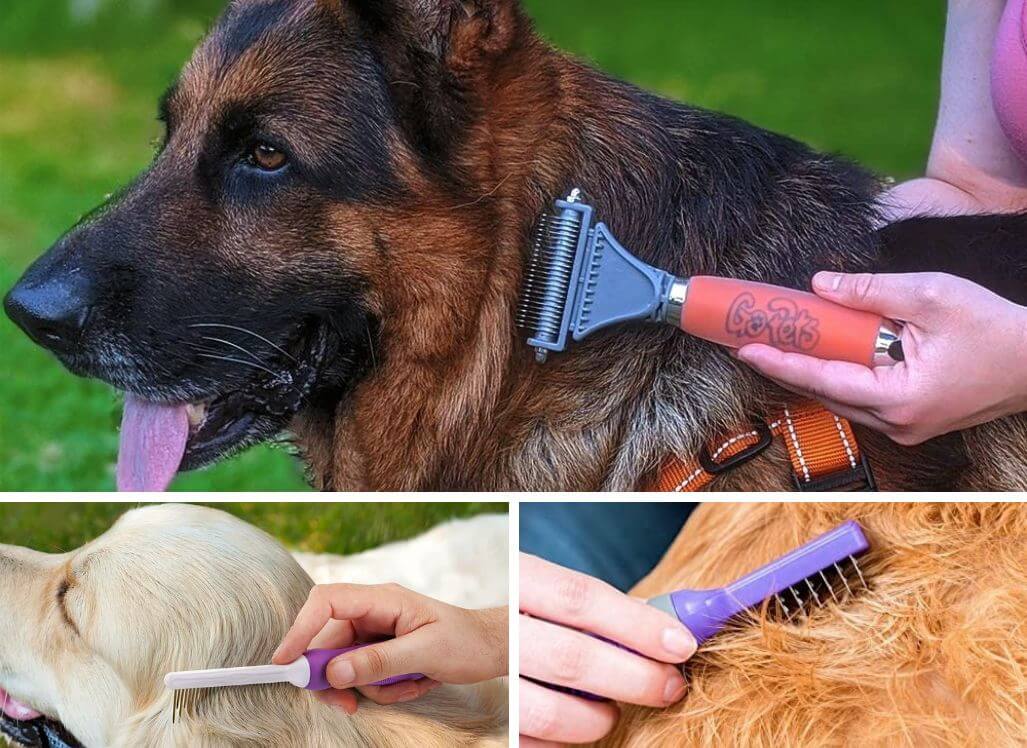As dog owners, we often find ourselves puzzled by the various terminologies and techniques associated with dog grooming. One of the most common issues dog owners face is matting, a problem that often arises when a dog's coat is poorly maintained.
Matting is not only unsightly but also uncomfortable for the dog, and if left unchecked, it can lead to other health concerns. In this one-shot blog post, we'll take a look at what matting is and its causes.
What is Matting?
Matting is the formation of tangles, knots, and clumps in the dog's coat. The dog’s fur gets tangled and knotted around itself, creating clumps of loose dead hair and live fur. If the fur is not brushed out, it will keep accumulating and get closer to your pup's skin. When matting gets progressively worse and gets very tight to the skin it can become what groomers call “pelted”.
How Do Mats Form?
Dog hairs have little barbs along their shaft. These can get hooked together, forming tangles, which then get intertwined to form a denser mat. As meats begin to form, they have the tendency to attract other nearby hair like a magnet, creating an ever-growing problem.
Where Are Mats More Likely to Form?
Mats are commonly seen around the neck region (near collars) or around where their harness sits; behind the ears, under chins, within armpits, and on feet, along the backs of rear legs, and around the rear end.
What are Some Causes of Matting?
Friction is one of the main causes of matting. Tangles can form due to movements like rubbing against something like furniture or your legs, the simple act of sitting on the floor, and even from your scratching behind the ears or under the chin.
Similarly, itching, whether caused by allergies, fleas, or even dirt, can result in matting as the dog licks or scratches the fur.
Shedding is another cause of matting. For dogs that shed seasonally, you'll notice that most shedding occurs in the spring and fall. When a puppy's coat changes to its adult coat is another time to watch formats. Without regular brushing, fur and dead skin will accumulate together to create the perfect environment for mat formation.
Wet Fur is another factor that can result in matting. Dogs that love to swim are more likely to end up with mats. Even just rolling in wet grass can cause tangles. Attempting to bathe a pup with matted fur will only exacerbate the problem.
Are Some Dogs More Prone to Matting?
Certain coats are prone to matting more easily than others, such as Poodles, or Bichon Frisés, to name only 2. Dogs that are heavy shedders, and dogs with long coats or double coats are also more prone to matting.
To Sum Up:
If you're a pet parent, it's important to understand just how much matting can impact your furry friend. Not only does it affect the appearance of your dog, but it can also cause considerable discomfort and pain.
It's worth noting that matting is largely preventable, but it does take some effort on your part. Luckily, you don't have to go it alone. In future blog posts, we'll be discussing some of the steps you can take to keep matting from becoming a serious issue for your dog.











